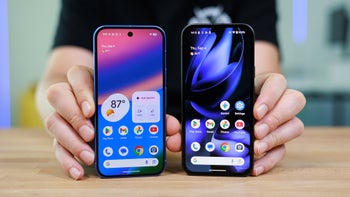Vulkan is the exciting new mobile API (application programming interface) that will supposedly give mobile gaming a serious push forward, visuals-wise at least, bringing something more akin to home console quality graphics to the palm of your hand. We’ve already seen some examples of what Vulkan will be capable of when it’s fully fleshed out and developers get around to fully utilizing its powers — i.e. having much more direct access to the hardware, than what the current mobile graphics rendering API (OpenGL ES) allows for — but achieving higher visual fidelity is only one part of the Vulkan equation.
Pretty graphics are great and all, but they put a significant strain on the CPU and require much more energy to be drawn from the system, which consequently results in decreased battery life. This is one of the problems Vulkan is aiming to solve before you can wreak havoc in GTA V on your smartphone. In the video comparison below showcases not the huge improvements in graphical fidelity that can be achieved with Vulkan, but rather how the two APIs are set apart by their utilization of multi-core CPUs and power consumption.
Even at the infancy of software development for Vulkan, the benchmarks show that it is at least 15 percent more efficient when it comes to power consumption, and that it is much more apt at multithreading, allowing it to balance the workload across multiple CPU cores, instead of putting the load on a single core.
For more on Vulkan, including cool tech demos from big game developers, check out the stories below:

















Things that are NOT allowed:
To help keep our community safe and free from spam, we apply temporary limits to newly created accounts: